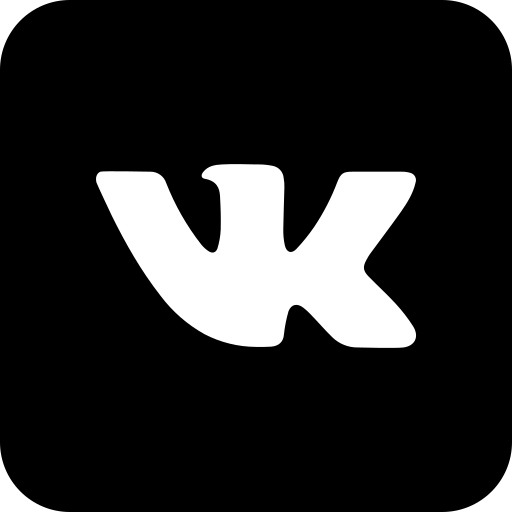Sergey Guskov: In 1990 you wrote an essay titled “The Apology of the Art Market”. Since then, has your perspective on the topic of money and art changed?
Boris Groys: It is not my perspective, but the situation, that has changed. The market has become more conservative. Today, a new kind of academicism reigns supreme and art for sale is predicated on simple, well-tried principles. At the same time, something interesting happens in museums from time to time. In earlier days, museums were commonplace and galleries were interesting, now it is the other way around.
SG: But museums became more interesting when they began to receive funds. Are public and patronage fund- ing models more efficient than the market-based one?
BG: Since 1991, after the end of the Cold War, the state's interest in supporting art began to fall sharply. Another trend emerged—a shift away from the traditional concept of the museum as a place where art demonstrating artistic merit is shown. Museums are moving away from permanent exhibitions of important artists towards modern and experimental short-term projects subjective in nature. Cities and municipalities sponsor initia- tives aimed at organizing events on their territory. Each village runs its biennale and representative exhibitions. This is a process of beautification and aesthetici- zation of public images of regions. This is what has been pushing art forward.
SG: Is it possible to imagine a situation where the institutions give up this role? In this case, would galleries take it up again?
BG: If you take a retrospective look at the dynamics of the art industry, it seems unlikely that something will change. The positive dynamics of galleries was due to the rise of the avant-garde and modernism. People united around programs and ideologies. They sought to change society. These were major social trends that involved gallery owners, artists, poets and writers. Hence both the public and the people, who were ready to support these trends, including financially, emerged. Today there are neither new forms nor new content. This is a period of stagnation and tautology. There has to be change in society. Art is not autonomous. The idea that the artist is engaged in selfexpression is nonsense. The artist responds to what the public wants, even if the public does not yet know what it wants.
When artists get involved in politics today, this relates to the struggles or conflicts that already exist and therefore do not exhibit universal utopian qualities. As expectations and hopes emerge, new art, galleries and private initiatives will appear. Until then, everything will be con- trolled by the bureaucratic apparatus of the state, museums or large funds.
SG: Both the U.S. and small European states are heading for isolation, closing the borders. Is the de-globalization of art connected with the overall political course?
BG: Firstly, de-globalization occurs because a lot of money and symbolic value has been invested in regional projects. The aestheticization of regional life results in a tendency to think regionally. Artists have developed interest in their own context, their regions. In Russia, it has always been like this. In Germany, it starts to become noticeable. Secondly, the contemporary art scene has been largely shaped by the identity policies of the 1980-1990s. Community commitment has been built, be it the Black community, the Latino community, the Asian community or the LGBT community. There is a competition between different ethnic and cultural minorities, especially in America.
SG: Does the fear of the future affect the fact that people do not want to be proactive?
BG: There is a feeling in the air, a premonition that something like a world war will happen. If there is any optimism, it is connected with the belief in technology, a belief that a new type of artificial intelligence will appear or we will achieve immortality. This is intensely discussed, and I cannot say that this is a utopia.
In the West, despite that there is fear and uncertainty, people continue to act. This is a stoic culture that has always lived with a pessimistic perception. It never had confidence in anything. That is why it has continued to act. They invest money in art because they know they will lose it anyway.
DI # 4-2018




